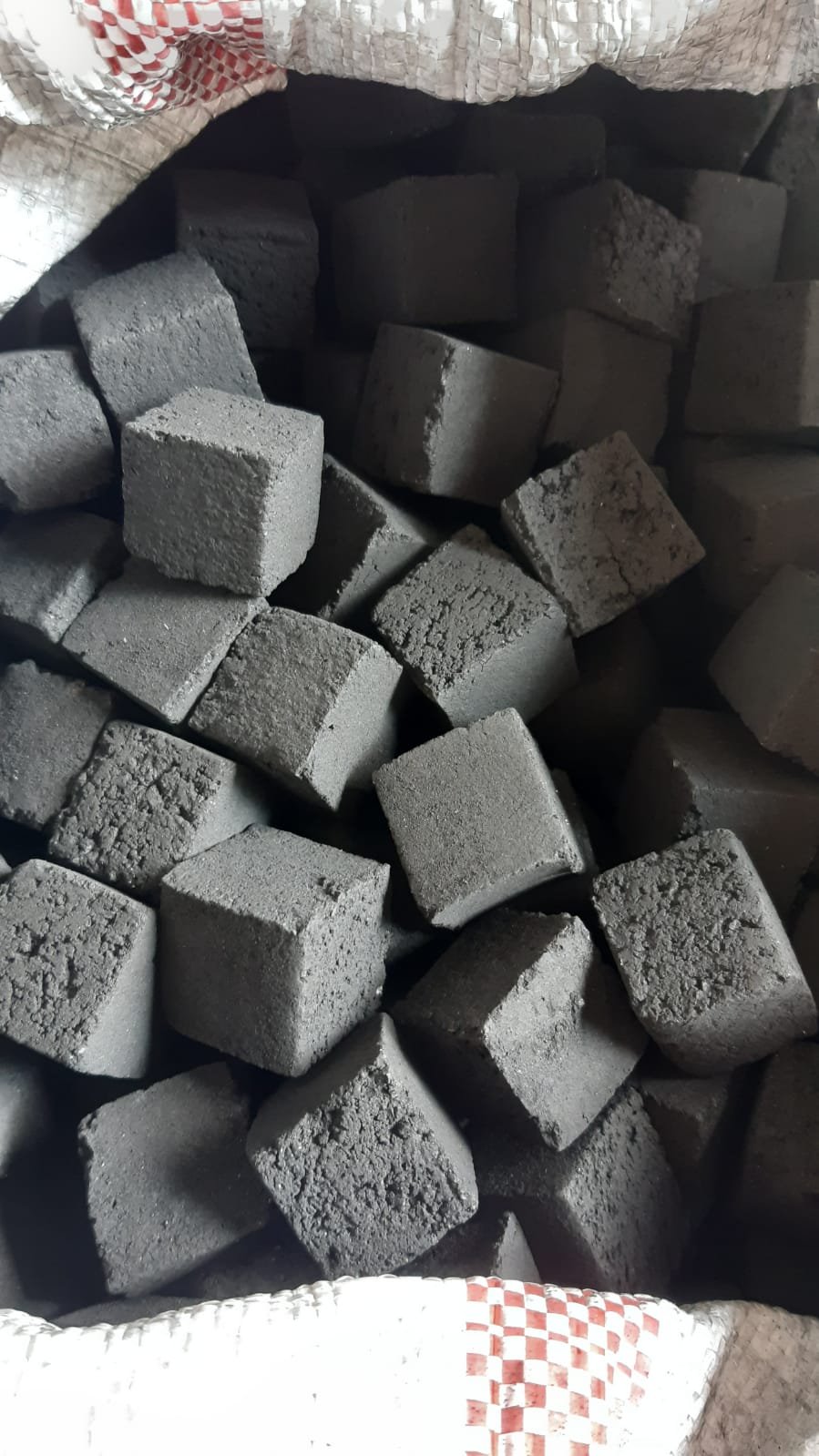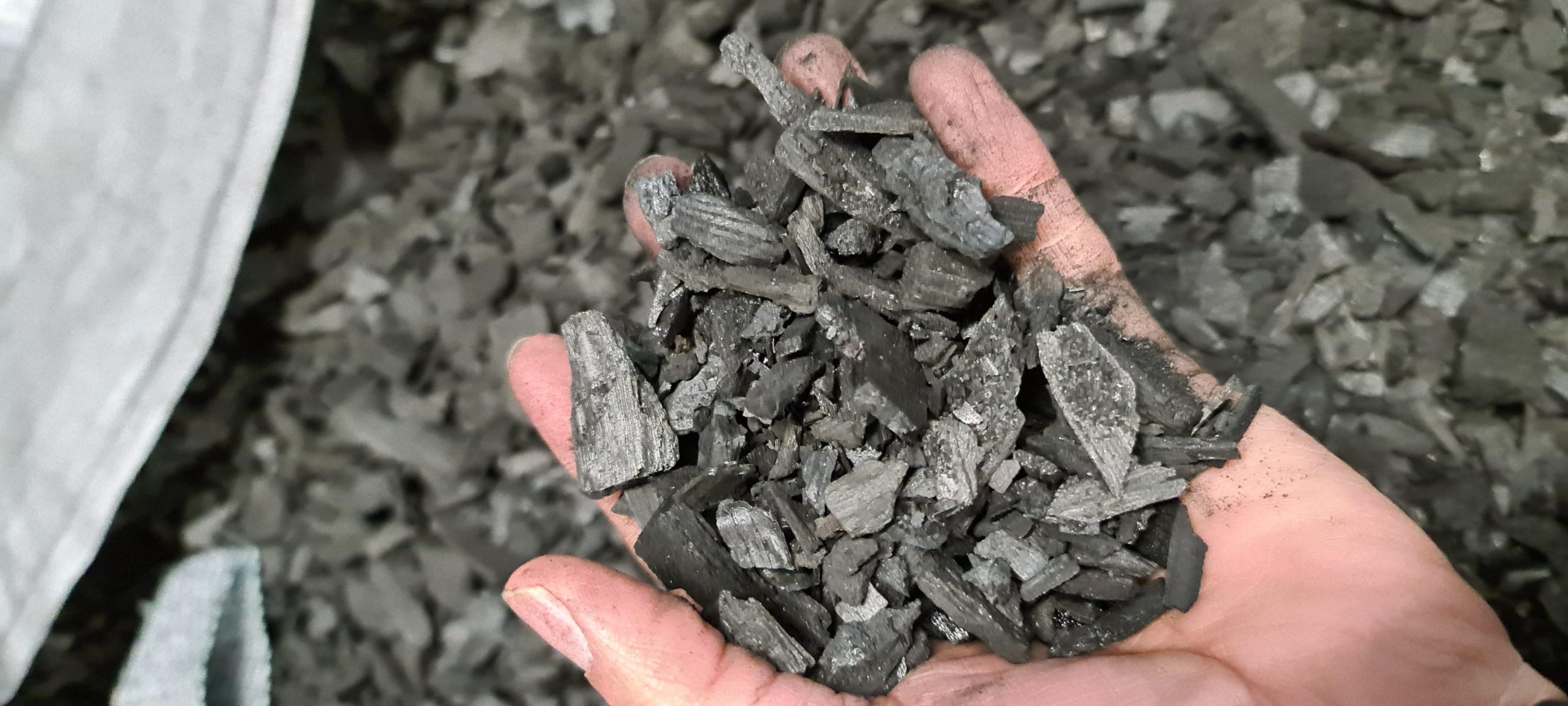Agricultural waste, generated from crop residues, pruning materials, and other organic byproducts of farming, poses significant challenges for farmers, communities, and the environment. In response to the pressing need for sustainable waste management and soil fertility enhancement, biochar pyrolysis has emerged as a transformative technology. By converting agricultural waste into biochar through thermochemical decomposition, biochar pyrolysis offers a promising solution to recycle organic materials, sequester carbon, and improve soil health. In this comprehensive guide, we delve into the science, benefits, and applications of biochar pyrolysis machine.

Understanding Biochar Pyrolysis:
Biochar pyrolysis is a thermochemical process that involves heating biomass feedstock, such as agricultural residues, in the absence of oxygen to produce biochar, a stable carbon-rich material. The pyrolysis process typically occurs within a sealed reactor vessel, where biomass undergoes heating at temperatures ranging from 400°C to 800°C, depending on the specific feedstock and desired biochar properties.
Key aspects of biochar pyrolysis include:
Thermochemical Decomposition:
Thermochemical decomposition occurs as biomass feedstock is subjected to high temperatures in the absence of oxygen, leading to the breakdown of organic matter into volatile gases, liquid bio-oils, and solid biochar.
The absence of oxygen prevents combustion and promotes the conversion of biomass into stable carbonaceous material (biochar) with enhanced carbon sequestration potential.
Reactor Design and Technology:
Biochar pyrolysis reactors come in various designs, including fixed-bed, fluidized-bed, and rotary kilns, each offering distinct advantages in terms of efficiency, scalability, and product quality.
The choice of reactor design depends on factors such as feedstock characteristics, production capacity, and process requirements, with the goal of optimizing biochar yield and properties.
Temperature and Residence Time:
Temperature and residence time play crucial roles in biochar pyrolysis, influencing the composition, yield, and properties of the resulting biochar.
Higher temperatures and longer residence times generally lead to greater biochar yields and increased carbonization, but careful control is needed to avoid excessive decomposition or undesirable byproducts.
Product Recovery and Conditioning:
After pyrolysis, the resulting biochar is recovered from the reactor and undergoes cooling, conditioning, and screening to stabilize its properties and remove impurities.
Biochar may be further processed or activated to enhance its surface area, porosity, and nutrient-holding capacity, depending on intended applications such as soil amendment or water filtration. The coffee bean husk charcoal machine plays an important role.
Benefits of Biochar Pyrolysis for Agriculture Waste Recycling:
Biochar pyrolysis offers a range of benefits for agriculture waste recycling and soil fertility enhancement:
Soil Amendment and Fertility Enhancement:
Biochar serves as a valuable soil amendment, improving soil structure, water retention, and nutrient availability for plant growth.
The porous structure of biochar provides habitat for beneficial microorganisms and promotes soil aeration, reducing compaction and enhancing root development.
Carbon Sequestration and Climate Mitigation:
By converting agricultural waste into stable biochar, pyrolysis technology helps sequester carbon in the soil, mitigating greenhouse gas emissions and combating climate change.
Biochar acts as a long-term carbon sink, storing carbon in the soil for centuries to millennia, thus contributing to carbon dioxide removal from the atmosphere.
Waste Diversion and Resource Recovery:
Biochar pyrolysis enables the recycling of agricultural waste materials, such as crop residues, straw, and pruning materials, which would otherwise be burned or left to decompose, releasing greenhouse gases.
By converting waste biomass into value-added biochar, pyrolysis technology promotes resource recovery and circular economy principles, maximizing the utilization of organic materials.
Enhanced Crop Productivity and Resilience:
Application of biochar to agricultural soils has been shown to increase crop yields, improve plant health, and enhance resilience to environmental stresses such as drought and nutrient deficiencies.
Biochar-amended soils exhibit greater water-holding capacity, nutrient retention, and microbial activity, leading to more sustainable and productive farming systems.

Applications of Biochar Pyrolysis in Agriculture:
Biochar pyrolysis technology finds diverse applications in agriculture waste recycling and sustainable soil management:
Crop Residue Utilization:
Crop residues, including straw, husks, and stalks, can be converted into biochar through pyrolysis, providing a valuable outlet for agricultural waste materials.
Biochar derived from crop residues can be applied directly to fields as a soil amendment or incorporated into composting systems to enhance nutrient cycling and organic matter decomposition.
Orchard and Vineyard Waste Management:
Pruning materials and organic waste generated from orchards and vineyards can be processed via pyrolysis to produce biochar for soil conditioning and erosion control.
Biochar applications in orchards and vineyards improve soil structure, water infiltration, and nutrient availability, supporting healthy root development and fruit production.
Livestock Manure Treatment:
Livestock manure, a common source of agricultural waste, can be processed through pyrolysis to produce biochar-based amendments for soil fertility improvement.
Biochar-amended manure helps mitigate nutrient runoff and odor emissions, while also enhancing soil microbial activity and nutrient retention in cropland.
Cover Crop Decomposition:
Cover crops, grown to protect and enrich the soil during fallow periods, can be terminated and incorporated into biochar production systems to produce biochar-enriched composts or soil amendments.
Biochar derived from cover crops enhances soil organic matter content, promotes nitrogen fixation, and suppresses weed growth, supporting sustainable crop rotations and soil health.
Real-World Examples and Case Studies:
To illustrate the practical application and impact of biochar pyrolysis in agriculture waste recycling, let’s explore a few real-world examples and case studies:
Case Study 1: Large-Scale Biochar Production Facility in North America:
Location: Agricultural region with significant crop residues and biomass feedstock availability.
Capacity: 10,000 tons/year of biochar production from crop residues and forestry waste.
Applications: Biochar used as soil amendment in row crop agriculture, horticulture, and turfgrass management.
Benefits: Improved soil fertility, reduced greenhouse gas emissions, enhanced water retention, and erosion control.
Case Study 2: Smallholder Farm Adoption of Biochar Technology in Sub-Saharan Africa:
Location: Rural farming communities with limited access to conventional fertilizers and organic soil amendments.
Capacity: Biochar maker for sale deployed to local communities, processing agricultural residues and woody biomass.
Applications: Biochar integrated into traditional farming systems for soil fertility improvement, crop diversification, and climate resilience.
Benefits: Increased crop yields, reduced soil erosion, enhanced water retention, and livelihood improvement for smallholder farmers.
Conclusion:
In conclusion, biochar pyrolysis represents a promising approach to agriculture waste recycling and sustainable soil management, offering a range of benefits for farmers, communities, and the environment. By converting agricultural waste materials into stable biochar through thermochemical decomposition, pyrolysis technology helps sequester carbon, improve soil fertility, and enhance crop productivity. As the global demand for sustainable agriculture practices continues to grow, biochar pyrolysis holds immense potential to transform waste streams into valuable resources, fostering resilience, productivity, and environmental stewardship in agricultural systems. By embracing biochar pyrolysis, farmers, policymakers, and stakeholders can contribute to a more sustainable and regenerative approach to farming, ensuring the long-term health and productivity of agricultural landscapes for future generations.